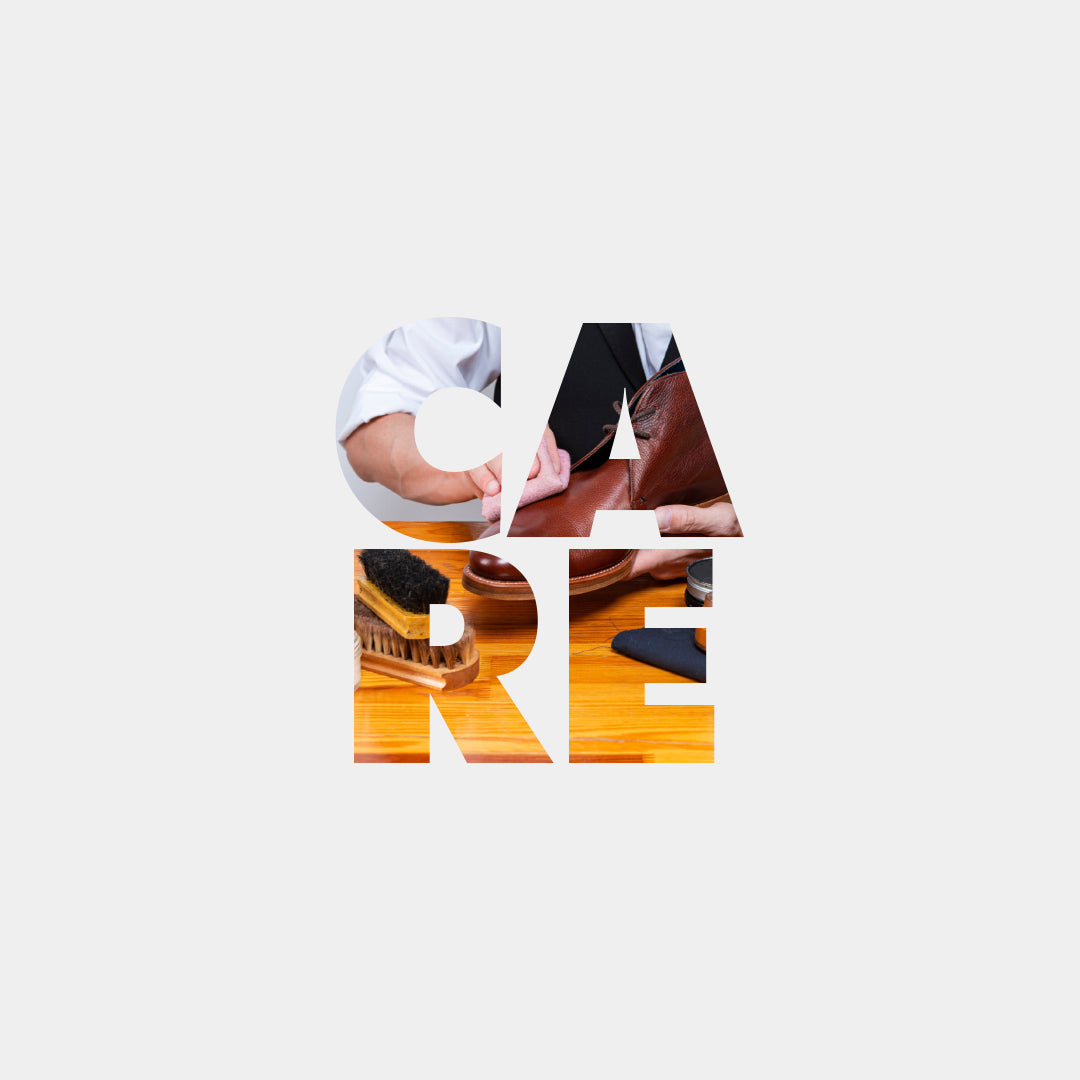Barefoot Running Tips and Tricks for Beginners
For beginners venturing into the world of barefoot running, understanding the nuances of this minimalist form of exercise is essential for a safe and enjoyable experience. At Aintap, we're passionate about promoting healthy and mindful movement, and we've compiled a list of tips and tricks to help you get started with barefoot running. Join us as we explore how to embrace the freedom and natural form of barefoot running while minimizing the risk of injury.
Understanding Barefoot Running
Barefoot running is more than just taking off your shoes—it's about reconnecting with your body's natural movement patterns and biomechanics. By running barefoot or in minimalist shoes, you can strengthen the muscles of your feet and lower limbs, improve balance and proprioception, and reduce the risk of common running injuries.
Start Slowly
If you're new to barefoot running, it's essential to start slowly and gradually increase your mileage over time. Begin with short, gentle runs on soft surfaces like grass or sand to allow your feet to adapt to the new sensations and movements. Listen to your body and pay attention to any discomfort or pain, as this could be a sign of overuse or poor form.
Focus on Form
Proper running form is crucial for barefoot runners to minimize impact and stress on the body. Focus on landing lightly on the balls of your feet with a midfoot strike, rather than heel striking, which can lead to excessive force and injury. Keep your strides short and quick, and maintain a relaxed posture with your shoulders back and hips aligned.
Strengthen Your Feet
Barefoot running requires strong and resilient feet, so incorporate foot-strengthening exercises into your routine to build strength and stability. Exercises such as toe curls, arch lifts, and calf raises can help strengthen the muscles of your feet and lower legs, improving your overall performance and reducing the risk of injury.
Listen to Your Body
Above all, listen to your body and respect its limits. If you experience any pain or discomfort while barefoot running, stop and assess the situation. It's normal to feel some muscle soreness as your feet adapt to the new demands of running without shoes, but persistent pain could indicate an underlying issue that needs attention.
Conclusion
In conclusion, barefoot running offers a unique opportunity to connect with your body and surroundings while enjoying the benefits of natural movement and biomechanics. By following these tips and tricks for beginners, you can safely and effectively incorporate barefoot running into your fitness routine and experience the joy and freedom of running with minimal footwear. At Aintap, we're committed to supporting your journey towards healthier and more mindful movement, one step at a time.




Leave a comment
This site is protected by hCaptcha and the hCaptcha Privacy Policy and Terms of Service apply.